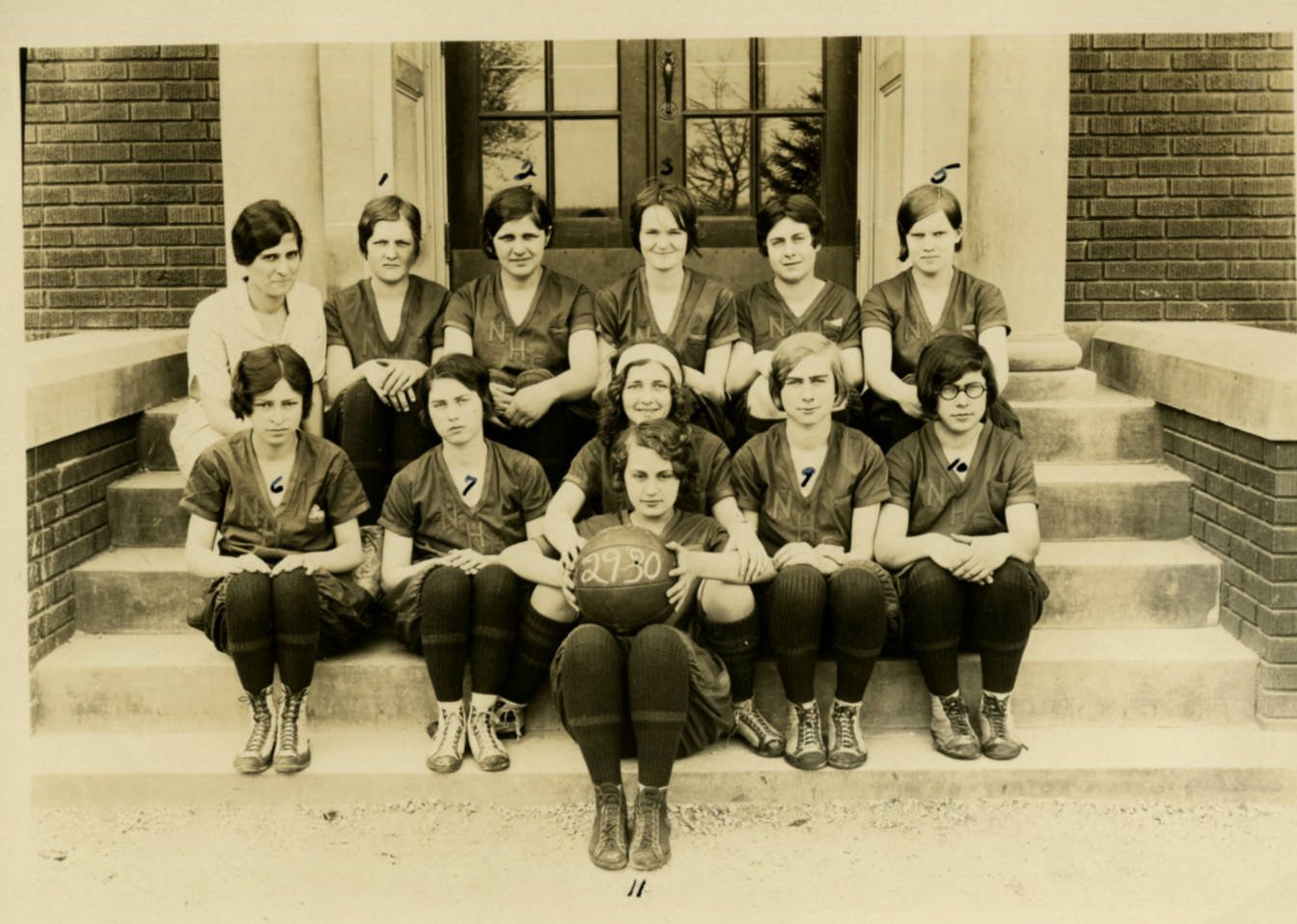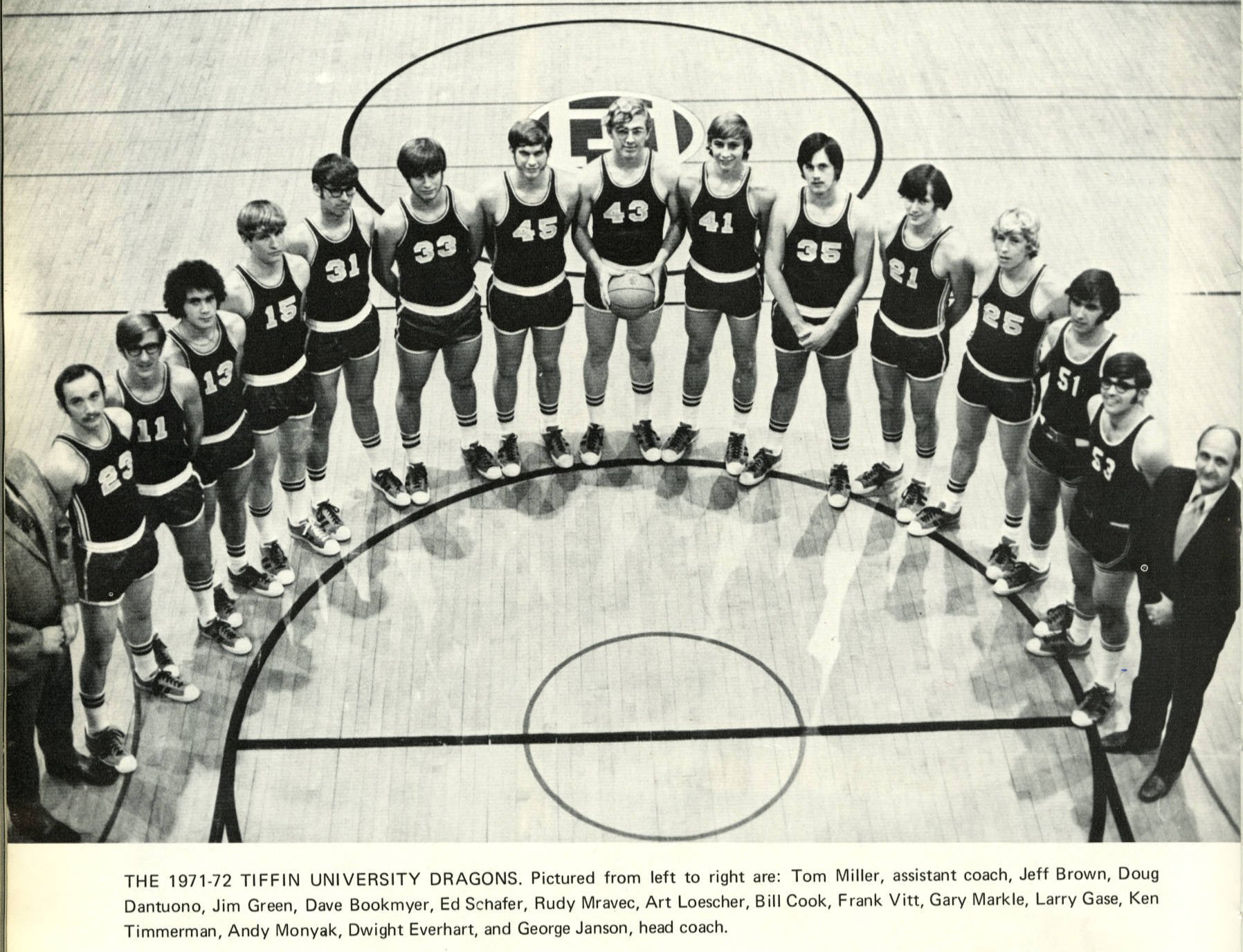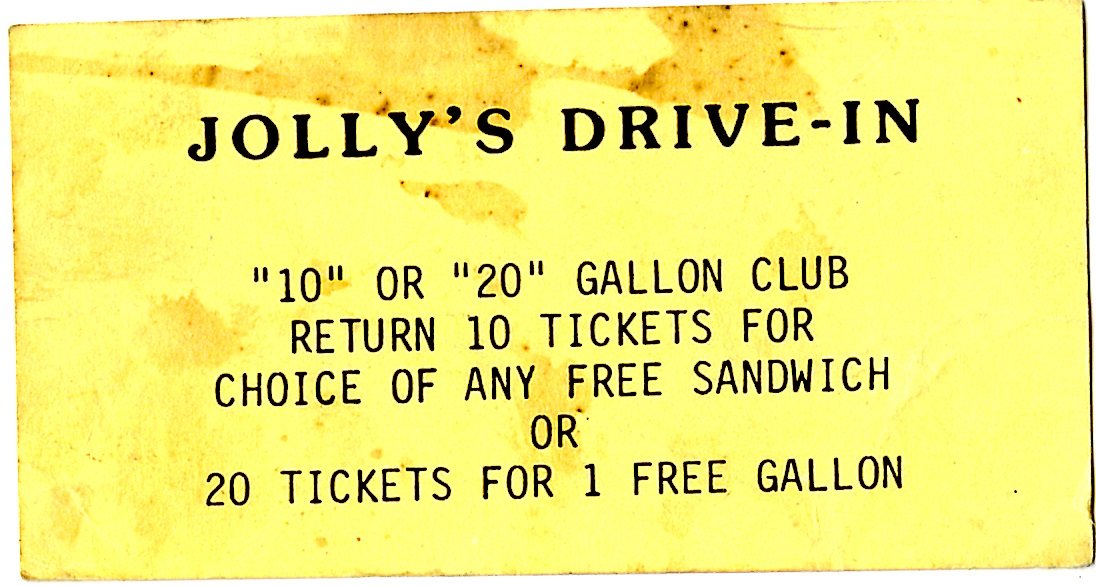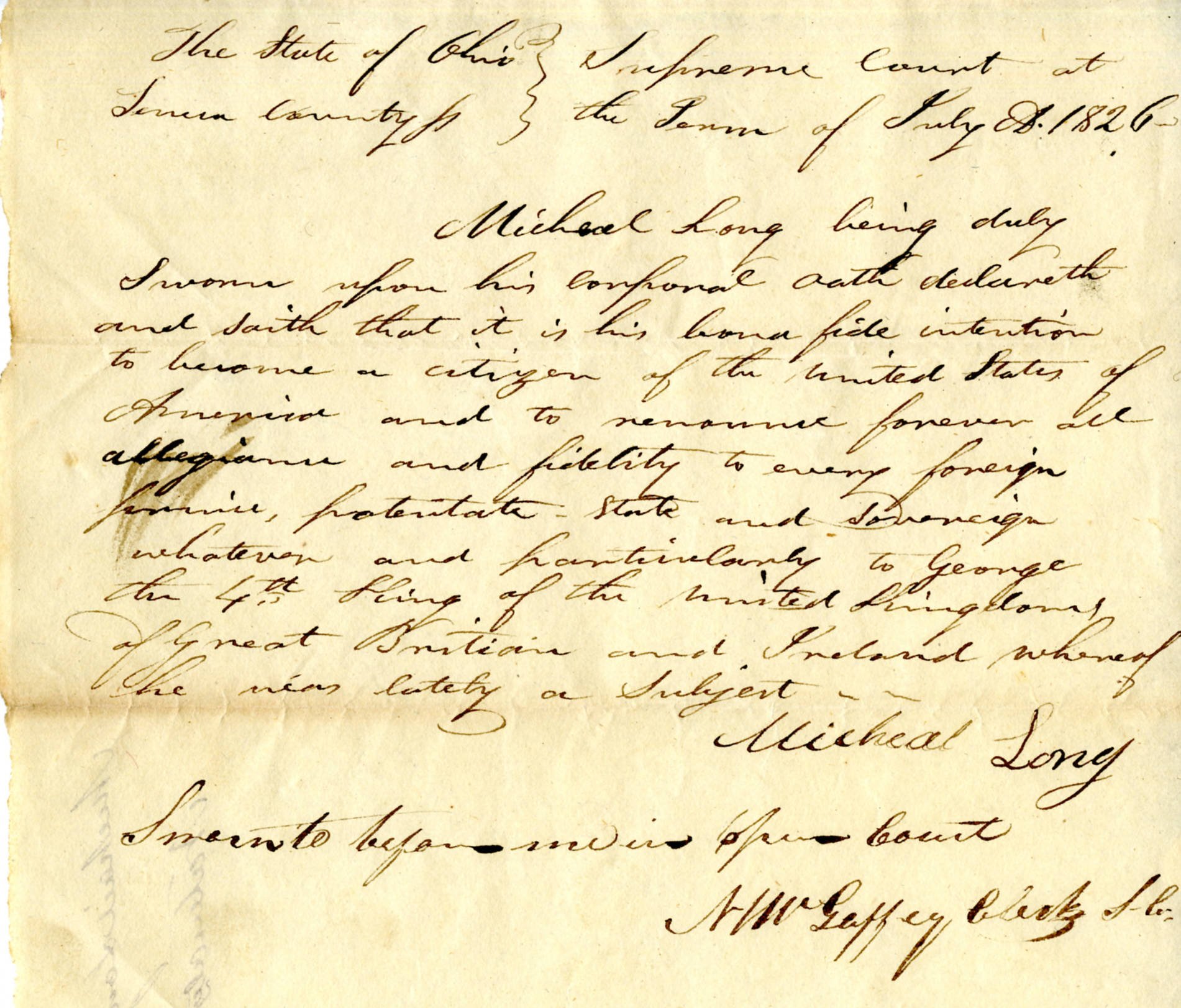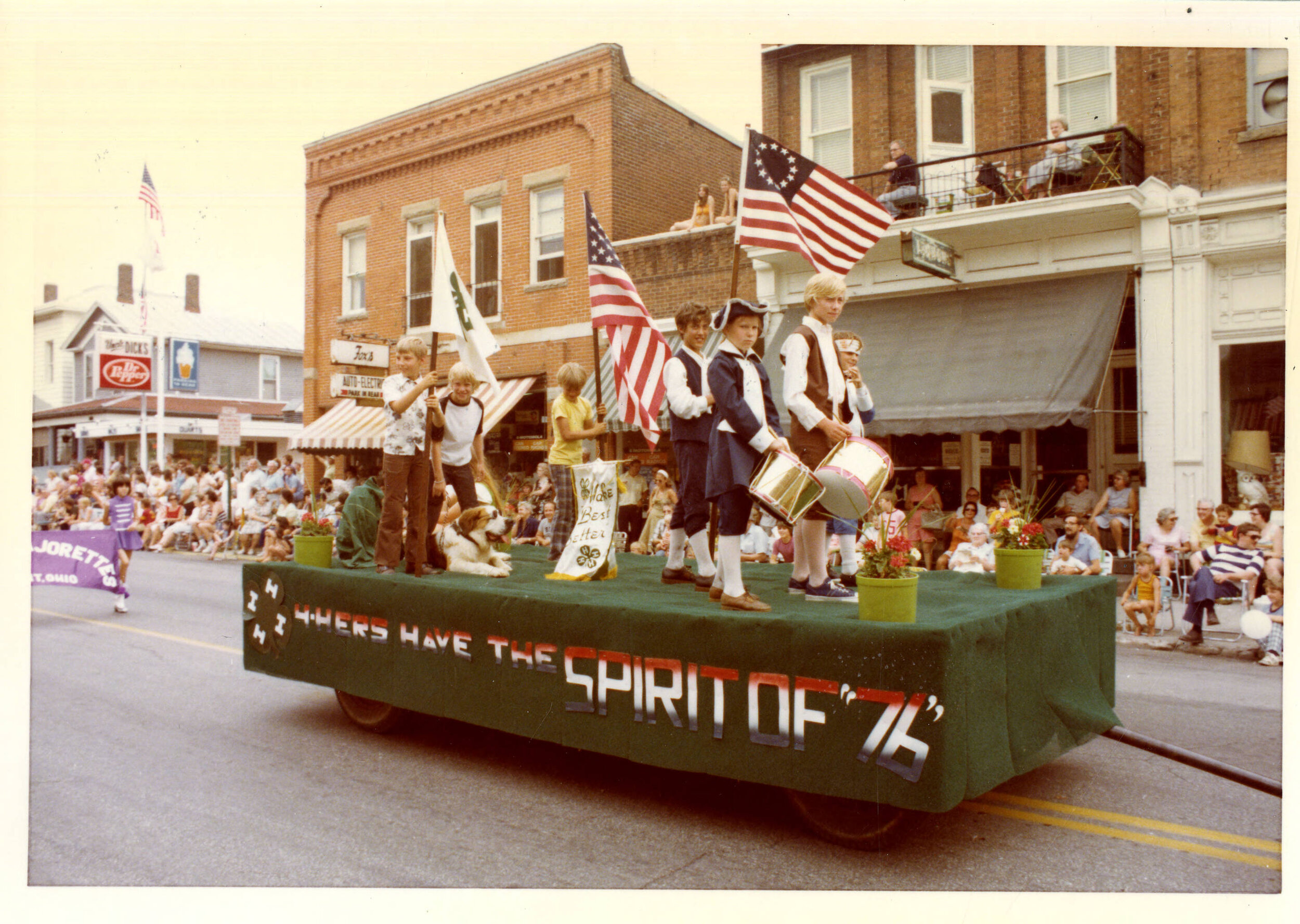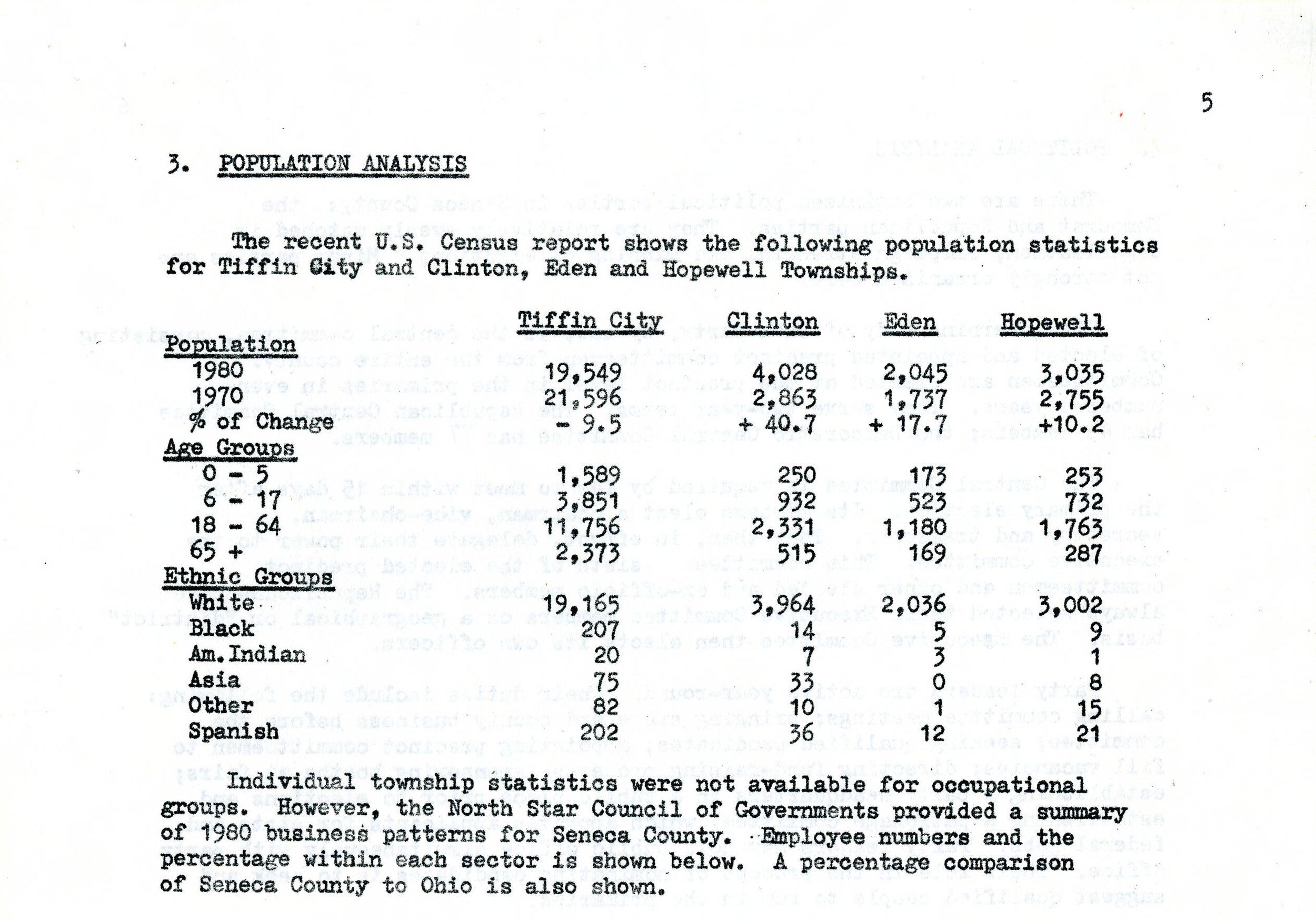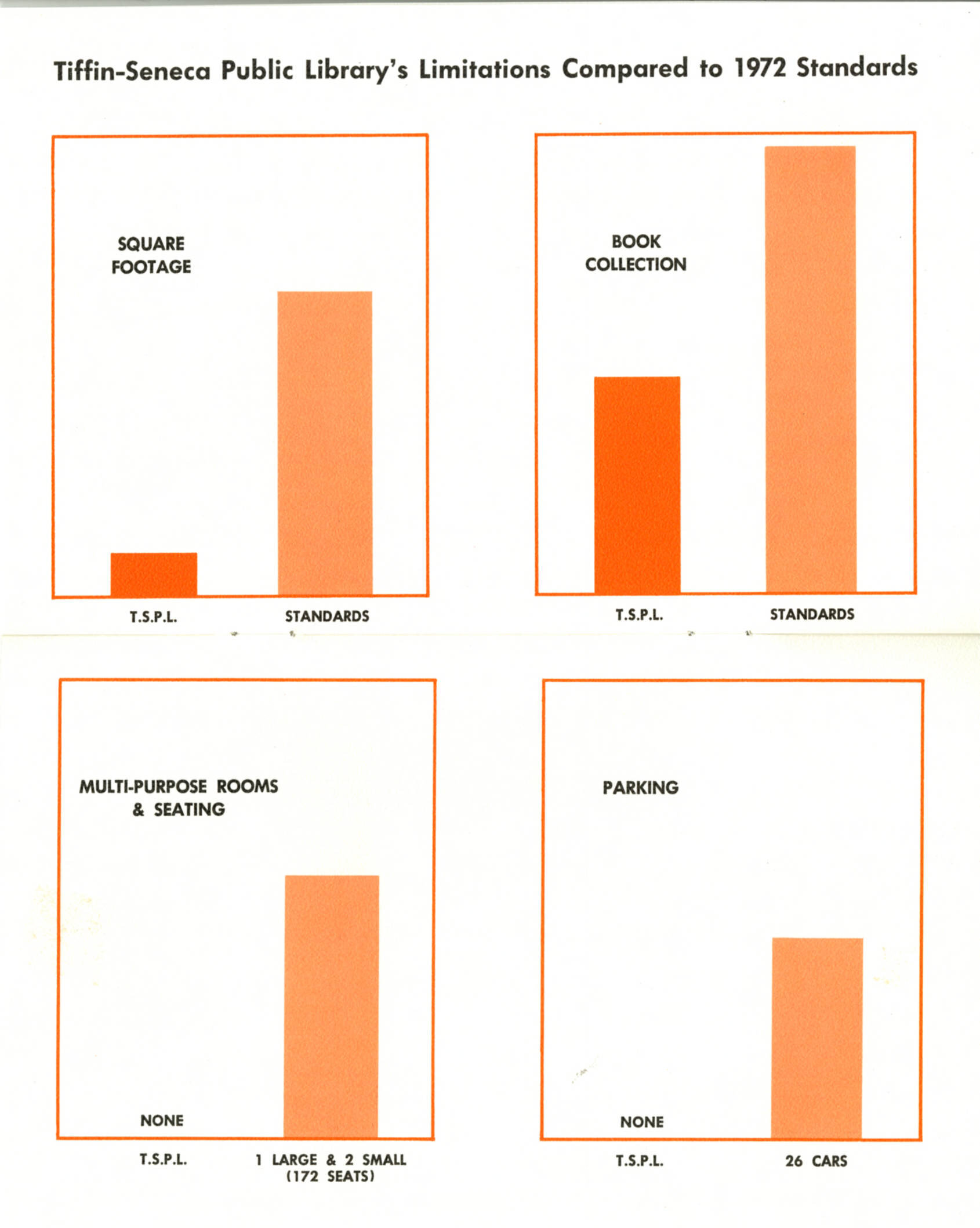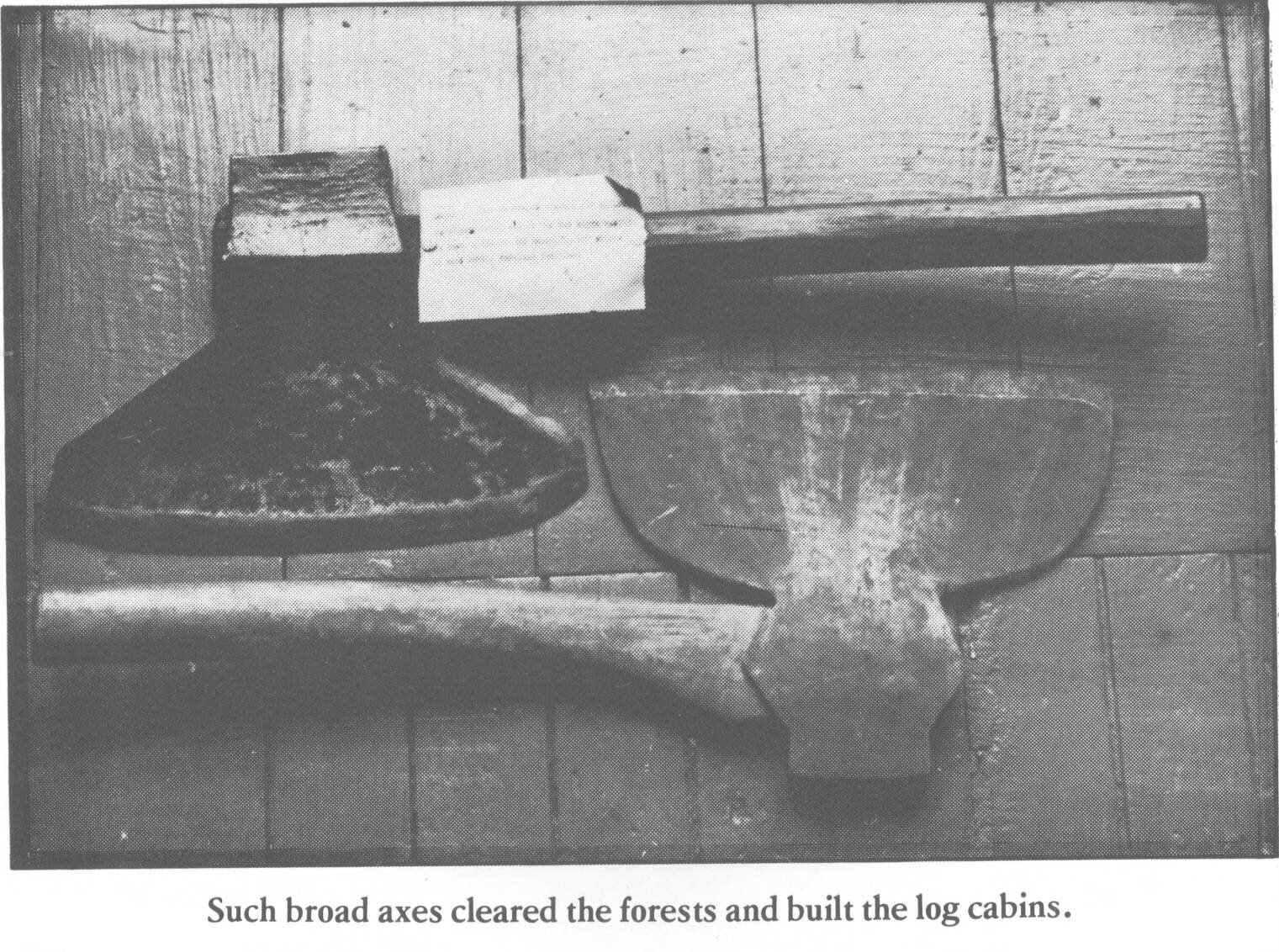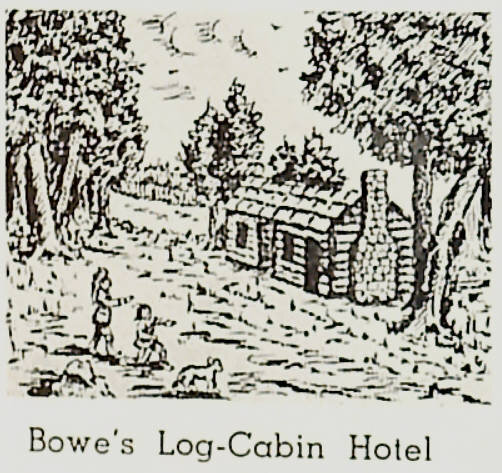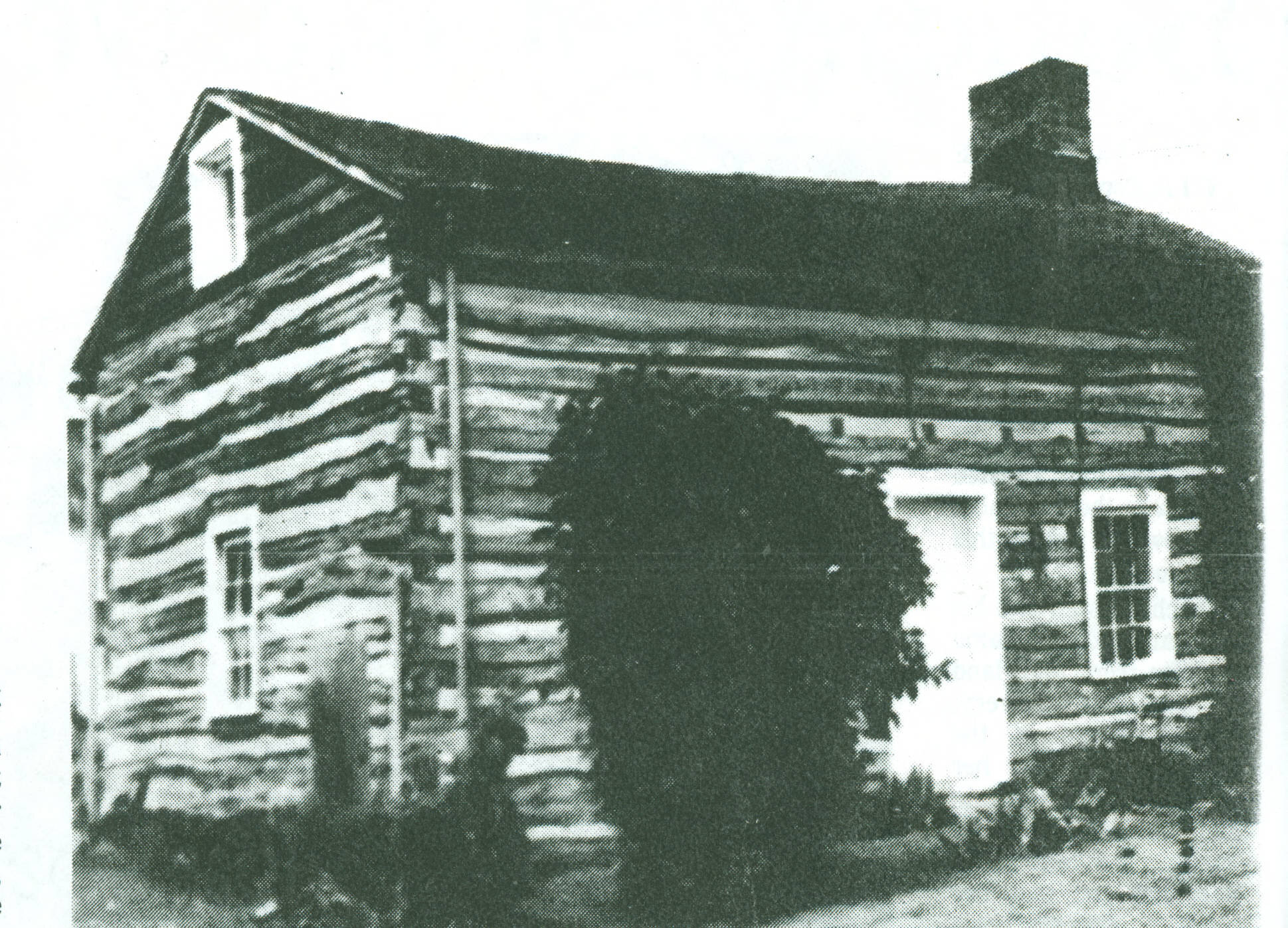By Emily Rinaman, Technical Services Manager
There is no doubt that basketball has been a dominating force for the United States at the Olympics. American women have come away with the gold in 9 of the last 11 summer games since 1976 and American men have won 16 out of 20 games since 1936.
But everything has to start somewhere right?
New Riegel High School Girl’s Basketball team, 1929-1930. New Riegel has a long history of strength in basketball—when the Midland Athletic League disbanded after almost 30 years, the boy’s team held the best record of 206-92.
In this day and age, parents often enroll their very young children in local little leagues for a spread of sports, basketball included. The Tiffin YMCA hosts 2 separate sessions of basketball – one in the autumn and one in the spring. Basketball at the professional level is almost a year-round sport.
If you rewind the clocks (even the game clocks), to one hundred years ago, basketball was just a budding hobby, still widely unknown to most of the country. Even though it was invented by a graduate student with a theology degree in the early 1890’s, it took a demonstration at the 1904 Summer Olympics in St. Louis, Missouri for it to rise in popularity and become an official winter sport in 1905.
Tiffin University’s Men’s Basketball team in 1972. To view Tiffin University yearbooks, visit the Seneca County Digital Library at https://ohiomemory.org/digital/collection/p15005coll27/search
It filtered into local YMCA’s often before high school programs as the rules were printed and mailed to YMCAs. Everyone flocked to join the YMCA so they could learn this new sport. It became so popular that when extra regulations were added, interested parties started looking to alternative halls.
One of these halls was the Lyceum in Bettsville, which doubled as a venue for medicine shows, chautauquas, motion pictures and other public meetings (the basketball court was ironically on the upstairs floor).
The City of Tiffin’s benefactress, Delia Watson Shawhan Laird, built “the first really adequate gymnasium in the city” in 1922 at 79 S. Monroe Street (the original YMCA which as since been demolished). YMCA’s typically have regulation-sized high school basketball courts of 84 feet long and 50 feet wide.
By 1927, Columbian High School boasted it’s first girl’s team.
Scott Kiefer, the leading rebounder of Columbian High’s 1967-1968 boy’s basketball team attempts a lay-up against Bucyrus. This photo and others are in “Instant Replay (Class of 1968) Tiffin Columbian High School Sports” on the Seneca County Digital Library.
At the two higher education institutions in Tiffin, basketball has fared decently. Heidelberg’s men’s program was incorporated in 1903 when they played three winning games without a coach. The women’s program began with the 1966-1967 season with a .500 record. Tiffin University began it’s men’s program in the fall of 1939 and finished first in their conference. On the women’s side, the 1984-1985 season was their re-debut after briefly fielding a team in the 1920’s and 1930’s.
During the next few decades, professional basketball associations were founded, starting with the first NCAA tournament in 1939 (Ohio State lost to Oregon) and the NBA just ten years later. This all preceded a federal civil law passed in 1973, prohibiting sex discrimination, known as Title IX, which had a positive impact for the future of women’s sports, including basketball.
The uniforms have also widely varied throughout the decades from knee-length trousers and “jersey tights,” to short-padded pants and knee guards. Basketball was invented based on principles of rugby, lacrosse, and soccer “without the roughness.” While that’s debatable today (a poked eye can be more dangerous than a skinned knee), basketball is enjoyed by millions all over the world, and it all started in a small town like Tiffin.
Works cited:
Yearbook Columbian Blue and Gold 1927. Seneca County Digital Library. https://ohiomemory.org/digital/collection/p15005coll27/id/1653/rec/1
Yearbook Tiffin University Ledger 1972. Seneca County Digital Library. https://ohiomemory.org/digital/collection/p15005coll27/id/35723/rec/5
“Basketball.” Britannica. https://www.britannica.com/sports/basketball
Between the Eighties, Tiffin, Ohio, 1880-1980. Seneca County Digital Library.
Burnsed, Brian. “A Brief History of Basketball.” NCAA Champion Magazine.
http://s3.amazonaws.com/static.ncaa.org/static/champion/a-brief-history-of-mens-college-basketball/index.html
Men’s Basketball Record Book, Heidelberg University. Updated 2022. https://bergathletics.com/documents/2020/4/3//Men_s_Basketball_Record_Book.pdf?id=925
Men’s Basketball Record Book, Tiffin University. Updated 2020. https://www.gotiffindragons.com/sports/mbkb/records/index
“Midland Athletic League.” Seneca County Sports. https://senecacountysports.wordpress.com/home/midland-athletic-league/
“Photograph NHS Girls Basketball Team 1929-1930.” Seneca County Digital Library.
https://ohiomemory.org/digital/collection/p15005coll27/id/44998/rec/1
“Where Basketball Was Invented: The History of Basketball,” Springfield College. https://springfield.edu/where-basketball-was-invented-the-birthplace-of-basketball
Women’s Basketball Record Book. Heidelberg University. Updated 2022.
https://www.bergathletics.com/documents/2020/3/20/Women_s_Basketball_Record_Book.pdf
Women’s Basketball Record Book. Tiffin University. Updated 2022. https://www.gotiffindragons.com/sports/wbkb/record-book

